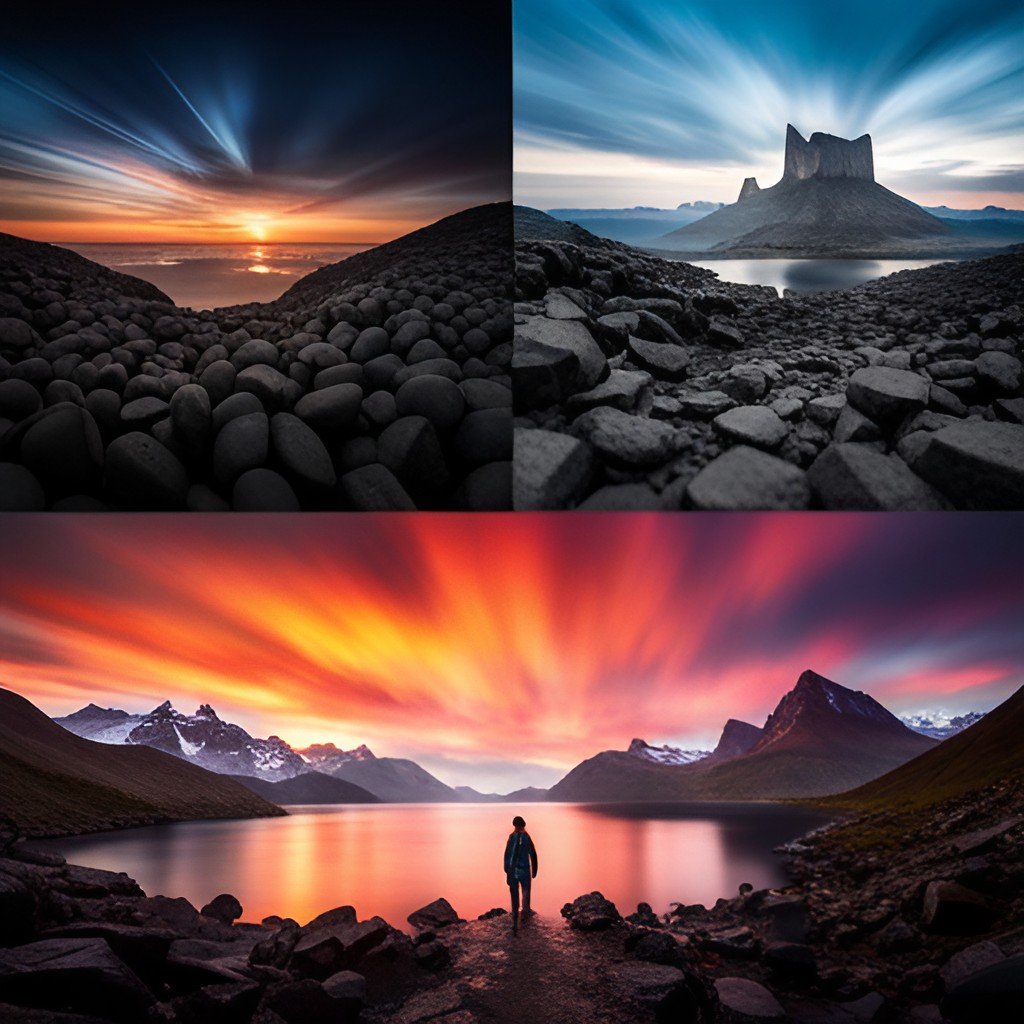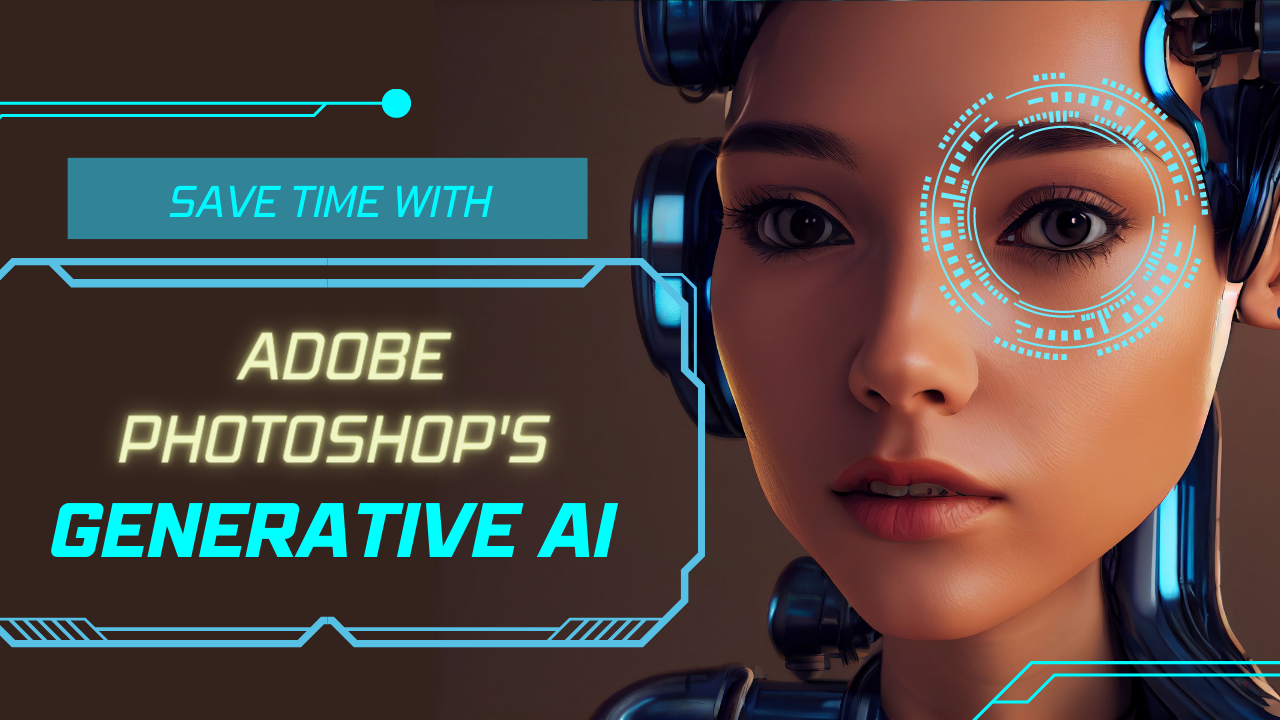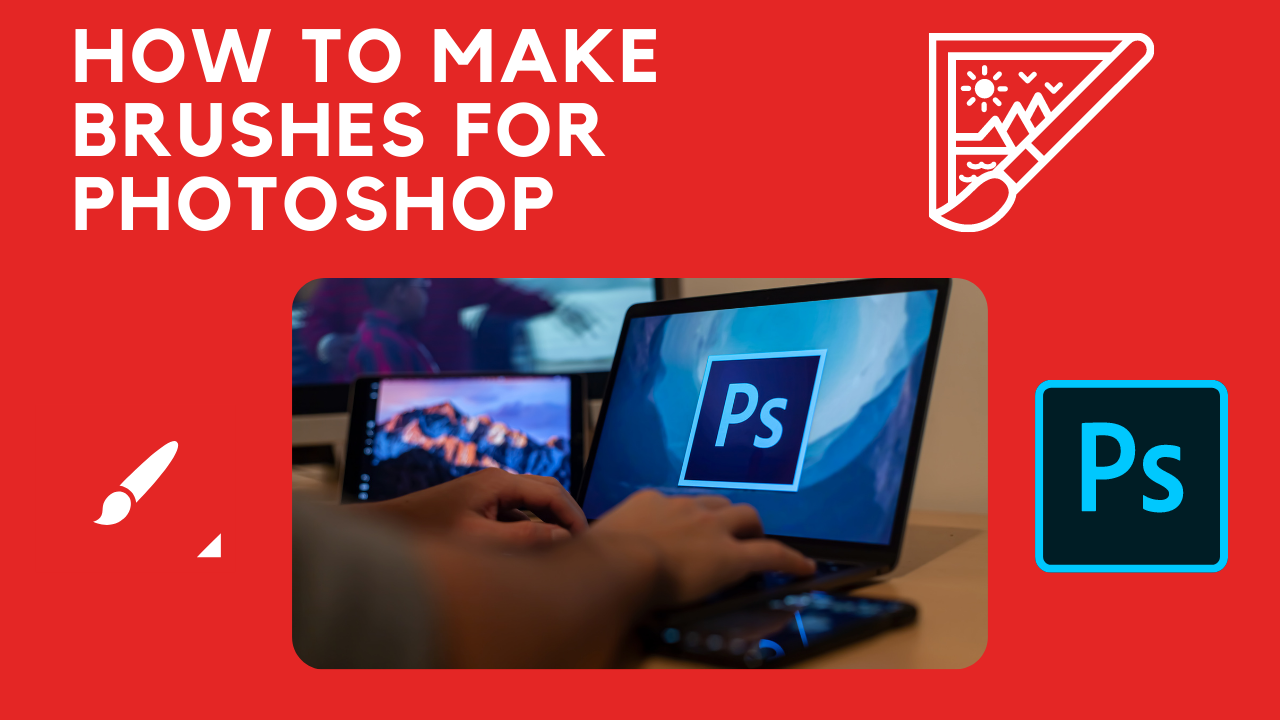10 Tips for Photographing Holiday Lights
Gary Detonnancourt
10 Tips for Photographing Holiday Lights
by Gary Detonnancourt
Photographing holiday lights is great fun and is very useful for practicing night photography. I think you will get the best results if you do everything manually. Follow these steps to get started:
Nubble Light - Cape Neddick Lighthouse - Maine
1. Flip the switch on your lens to manual focus. Autofocus can work with lights, however, any time I do night photography I prefer to focus manually. If you are using a tripod it would also help to turn off image stabilization (VR, VC, IS).
Historic Wickford Village - Rhode Island
2. Change the camera's shooting mode to Manual. Shoot RAW if possible because you will have much more control when editing.
3. Go into the camera's menu and turn off Long Exposure Noise Reduction. The feature does remove noise, but it doubles the exposure time. Today's image editing software (Lightroom, Photoshop etc...) are able to remove the noise. You may also want to turn down the brightness of your screen a bit (-2, -3), a bright screen can make you think the exposure is too bright.
4. When shooting at night with a DSLR, you should cover the eyepiece, and use live view. Canon camera's come with a black piece of rubber on the camera strap that can be used to cover the eyepiece. Nikon's have a switch to close the eyepiece and mirrorless camera's don't need to cover to do this because they don't use a mirror. Blocking the eyepiece prevents light from coming in and affecting the exposure.
5. Use a tripod and a cable release. If you don't have a cable release you can use the camera's timer.
5. Set the ISO to the lowest native ISO for your camera (50, 100, 200), unless your subject is moving, then you may need to increase the ISO to stop the motion of the subject.
I love this shot but I messed up. Shooting at the lowest ISO works well when you subject isn't moving, but you have to remember to bump up the ISO for moving subjects, or you'll get a blur like I got on this dog.
6. I recommend setting your white balance manually (K), and take few test shots until you get an image with no color cast, for holiday lights this may be in the 2800-3500 range. You could choose tungsten when photographing older style lights or daylight when shooting more modern LED lights.
7. Choose an aperture based on how much depth of field you need for the shot. When not much depth is needed, try between f/4 and f/8.
8. Set the shutter speed for the correct exposure based on the ISO and aperture you have previously chosen. Take a test shot and use the RGB histogram to make sure the image isn't overexposed. Push the exposure as far to the right as you can without overexposing. You can alway darken an overly bright image in your image editing software.
9. Use high ISO preview to avoid wasting time on long test shots. If you do your test shots at ISO 100, you may waste a lot of time waiting to see a shot that isn't exposed properly. If you chose to shoot at ISO 100, try using a high ISO for your first test shot like 6400 (6 stop difference), this should make the exposure time pretty short so you can narrow the exposure down to the perfect shutter speed. Once you have figured out the correct shutter speed, convert it to minutes.
- If you chose ISO 50 then use ISO 3200 so that 1 second will equal one minute.
- If you chose ISO 100 then use ISO 6400 so that 1 second will equal one minute.
- If you chose ISO 200 then use ISO 12800 so that 1 second will equal one minute.
10. Use live view to frame up the shot. Use the zoom in button to zoom in on some detail so you can manually focus with much better accuracy.






















